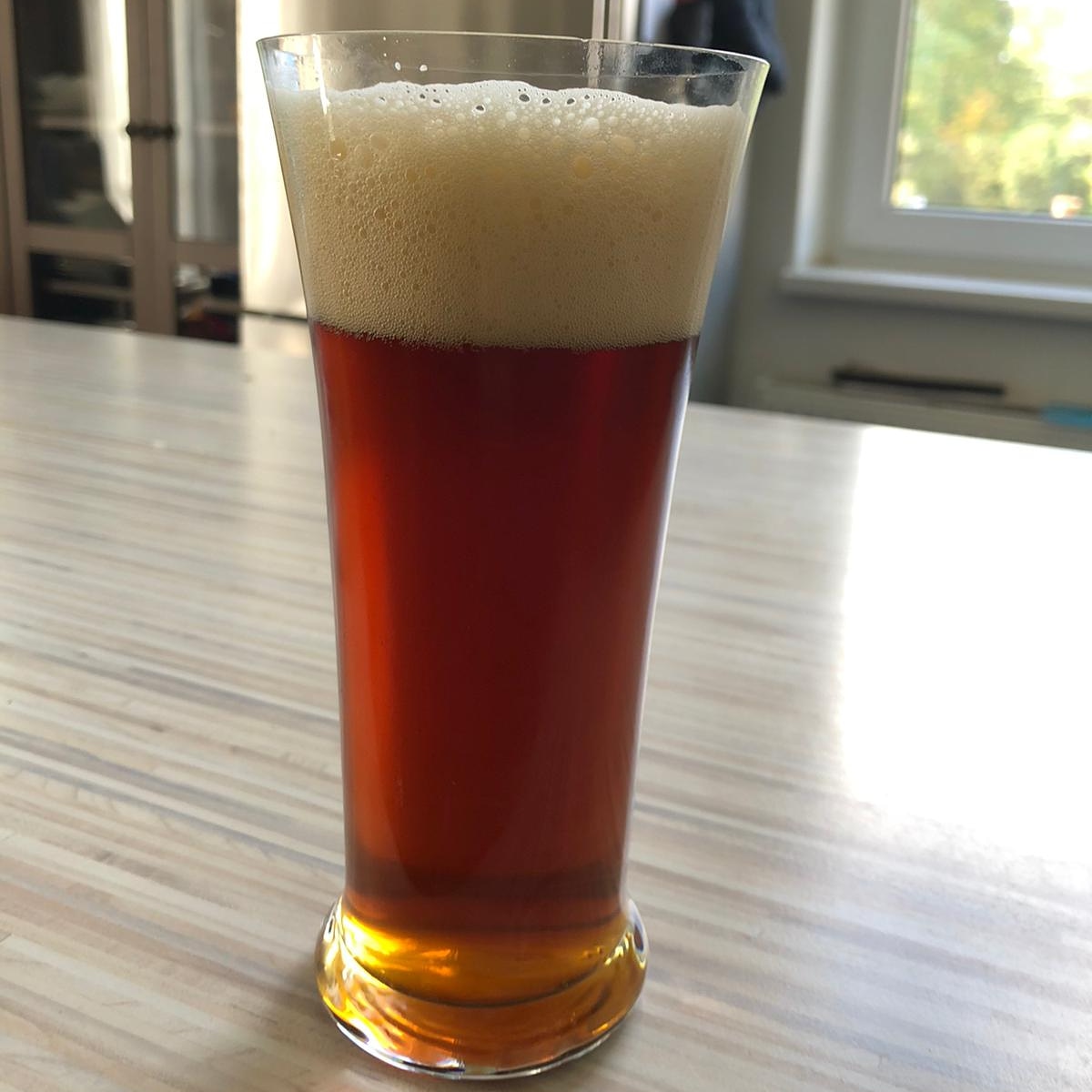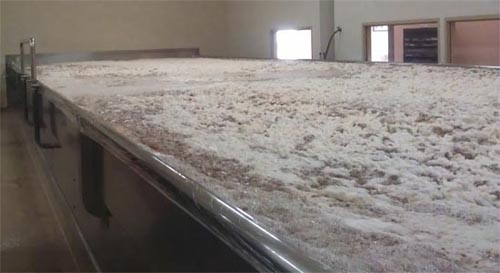robert.balsinger
Well-Known Member
Cool. Thanks. Will do.I typically start spunding with 8-10 points left

Cool. Thanks. Will do.I typically start spunding with 8-10 points left
The LODO guys would tell you not to expose the nearly finished beer to any O2, and I think they would be right. If you look at breweries like Bell's, they go to great pains to keep DO to infinitesimal levels when they are bottling beers to be bottle carbonated. They know that when you feed small concentrations of sugar to yeast (as opposed to the large amounts in a yeast starter or in a fresh full batch of wort), the yeast are going to eat it, but not do much, if any, dividing. So they don't need O2 to build cell wall materials in preparation for the budding they won't be doing.
I started brewing close to the same time as you.I have brewed on and off since 1995. I do not brew competitively. My beer falls reasonably clear as I use Omega British Ale VIII in 1.044 to 1.060 bitters. SRM runs from 8 to 12. Whenever a good selection of imported bitters get pushed out of the grocery store, I make beer. In the 90's it was wine coolers. Now it is the alcoholic Kool Aid that is taking ove.



![Craft A Brew - Safale S-04 Dry Yeast - Fermentis - English Ale Dry Yeast - For English and American Ales and Hard Apple Ciders - Ingredients for Home Brewing - Beer Making Supplies - [1 Pack]](https://m.media-amazon.com/images/I/41fVGNh6JfL._SL500_.jpg)









Great point. This batch could easily be out of balance. I will likely blend it with something later if that is the result. In future I will make much later hop additions. That is the kind of fact based info I like about this forum. Thanks again.One other thing to be considered with no chill - your hops are remaining in the hot wortit will affect final IBU.


Looks cool too!Anchor, Trumer and Samuel Smith all use open fermentation. I'd like to try it some day. My Dad used to open ferment in a 10 gallon crock with a towel pulled over to top back in the 1960's. Smelled great!